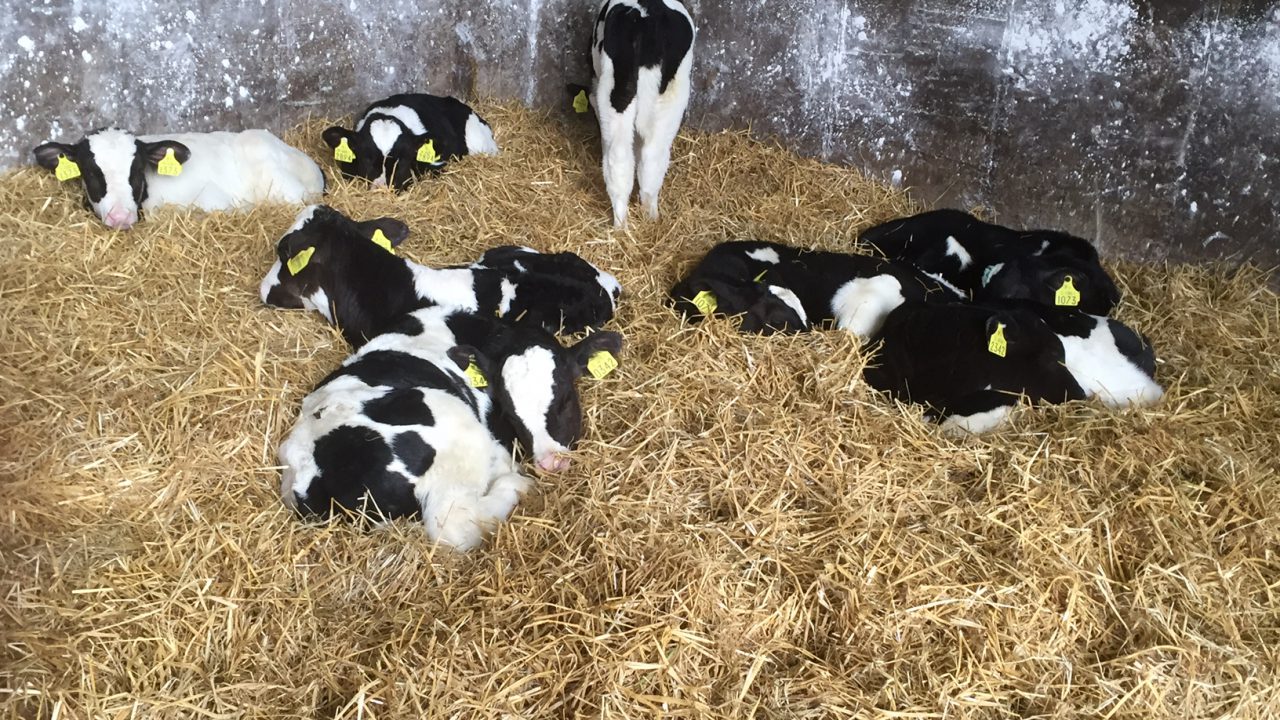The calving season is off to a flying start across the island of Ireland with the weather – so far – remaining relatively tame.
As the numbers of calves on the ground increase farmers are finding themselves, and staff, becoming progressively busier. It is around this time that some sick/weak calves slip through the cracks and are only picked up on when it is too late.
Also with spring, for many farmers, come new employees. Unfortunately, not all farm employees are experts at calf rearing so may need some guidance when it comes to identifying and treating sick/weak animals.
Signs
Identification of a sick calf can sometimes be difficult. It is crucial for the survival of the calf that, when it is acting poorly, it is picked up on as early as possible to avoid disease escalation or, in the worst case, death.
- Slow to get up to feed or failure to get up at all;
- Sunken eyes into eye sockets;
- Breathing heavily or elevated heart rate;
- Isolated from other calves;
- Swollen or inflamed naval;
- Nasal discharge;
- Faecal consistency (should be a pudding consistency).
Keeping a careful watch over the calves and knowing the signs are important management tools for any dairy farmer or farm employee to have.
Also Read: Calf scour: The 1, 2, 3 rule for treating infected calvesPrevention
We all know that prevention is better than cure when it comes to any disease.
Feeding calves with adequate colostrum should be the very first preventative measure you take. Teagasc recommends feeding calves at least 3L of colostrum within the first two hours of birth.
Calves also respond well to routine and so should be routinely fed morning and evening with either whole milk or milk replacer from birth to weaning.
In addition, Teagasc recommends limiting the amount of stress placed on calves. Stress could be caused by factors such as: transportation; sudden feed changes; crowding; temperature fluctuations; or drafts.
